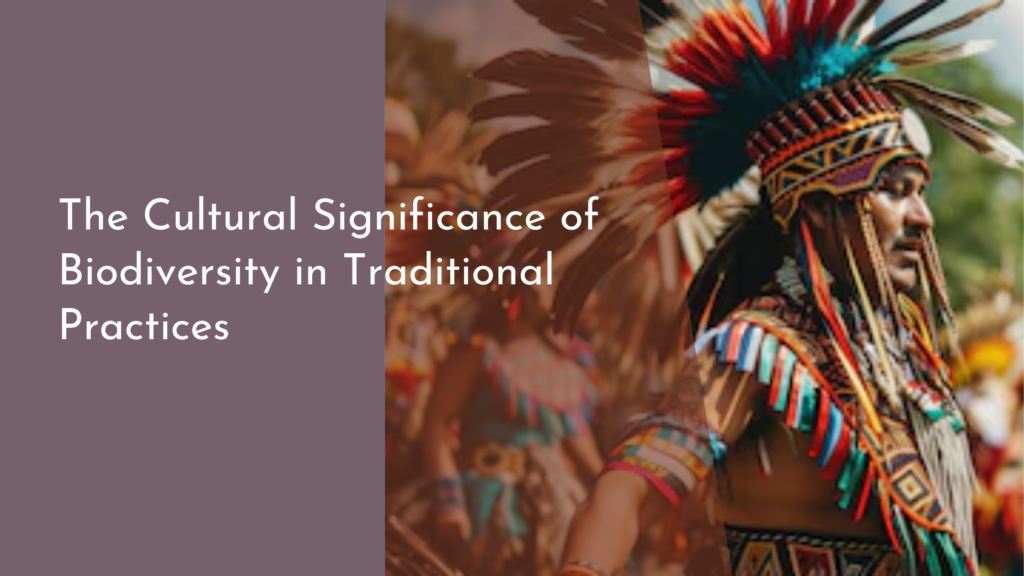Urban Ecosystem Valuation Frameworks
Urban ecosystems, comprising parks, rivers, green spaces, and wildlife corridors, are crucial to the health and well-being of city-dwellers. As cities continue to expand, recognizing the economic, social, and environmental value of these ecosystems becomes increasingly important. Urban Ecosystem Valuation Frameworks provide structured approaches to assess and quantify this value, enabling decision-makers to prioritize and invest in green infrastructure. This article explores what these frameworks are, their benefits, effective methods for valuation, and real-world success stories of cities that have embraced and thrived through ecosystem valuation.
Understanding Urban Ecosystem Valuation: A Bright Perspective
Urban Ecosystem Valuation entails the process of quantifying the benefits provided by urban nature and green spaces. This includes the assessment of both tangible and intangible benefits, such as improved air quality, enhanced aesthetics, and increased property values. By applying valuation frameworks, urban planners can better understand the full range of ecosystem services that nature offers, leading to more informed decision-making. Moreover, these frameworks often incorporate social and cultural dimensions, reflecting how communities perceive and interact with their urban environments.
The bright perspective offered by Urban Ecosystem Valuation is its potential to foster a harmonious relationship between nature and urban development. By recognizing the economic advantages of investing in green spaces, cities can shift from viewing these areas as mere liabilities to appreciating them as vital assets. This proactive approach not only supports sustainability but also encourages community engagement and stewardship, paving the way for healthier and more vibrant urban environments.
Key Benefits of Valuing Urban Ecosystems for Communities
Valuing urban ecosystems brings a multitude of benefits to communities, with one of the most significant being enhanced quality of life. Access to green spaces has been linked to improved mental health, increased physical activity, and greater social cohesion among residents. By quantifying these benefits, city planners and policymakers can prioritize the preservation and development of urban greenspaces, ensuring that all community members reap the rewards of natural environments.
Additionally, urban ecosystem valuation can lead to economic advantages. Well-maintained parks and green areas can increase property values, attract tourism, and stimulate local businesses. By effectively communicating the economic benefits of urban nature to stakeholders, cities can secure funding for green projects and encourage investments in ecological infrastructure. Ultimately, this results in sustainable urban growth that prioritizes the wellbeing of both residents and the environment.
Tools and Methods for Effective Urban Ecosystem Valuation
A variety of tools and methods exist to support effective urban ecosystem valuation, facilitating the systematic assessment of ecosystem services. One popular method is the use of Geographic Information Systems (GIS) to map and analyze green spaces and their associated benefits. GIS technology enables urban planners to visualize the spatial distribution of ecosystems and quantify their services, making the data accessible for analysis and decision-making.
Another substantial tool is the application of economic valuation techniques, such as Contingent Valuation and Benefit-Cost Analysis. These methods help to assign monetary values to ecosystem services, allowing for straightforward comparisons with alternative developments or investments. By combining qualitative assessments with quantitative data, cities can create a comprehensive picture of the value of their urban ecosystems, ultimately leading to more sustainable urban planning processes.
Success Stories: Cities Thriving Through Ecosystem Valuation
Numerous cities around the globe are reaping the benefits of Urban Ecosystem Valuation, demonstrating its transformative potential. For instance, New York City’s urban forestry program has documented the economic value of its street trees, which provide significant benefits in terms of air quality, stormwater management, and aesthetic enjoyment. The city’s investment in its green infrastructure has not only improved public health but has also fostered a sense of community pride and ownership among residents.
Another inspiring example is the city of Toronto, which has implemented a comprehensive urban forest strategy. By valuing ecosystem services such as carbon sequestration and temperature regulation, Toronto has been able to prioritize tree planting and maintenance effectively. This initiative has led to increased green cover and improved urban resilience against climate change, showcasing how valuing urban ecosystems can create sustainable and thriving communities.
Urban Ecosystem Valuation Frameworks are indispensable tools for understanding and enhancing the value of nature in our cities. By appreciating the multifaceted benefits of urban ecosystems, communities can foster healthier, more vibrant environments that promote quality of life and economic growth. As cities continue to embrace these frameworks, we can look forward to a future where urban nature and development coexist harmoniously, leading to sustainable urban living for generations to come.

